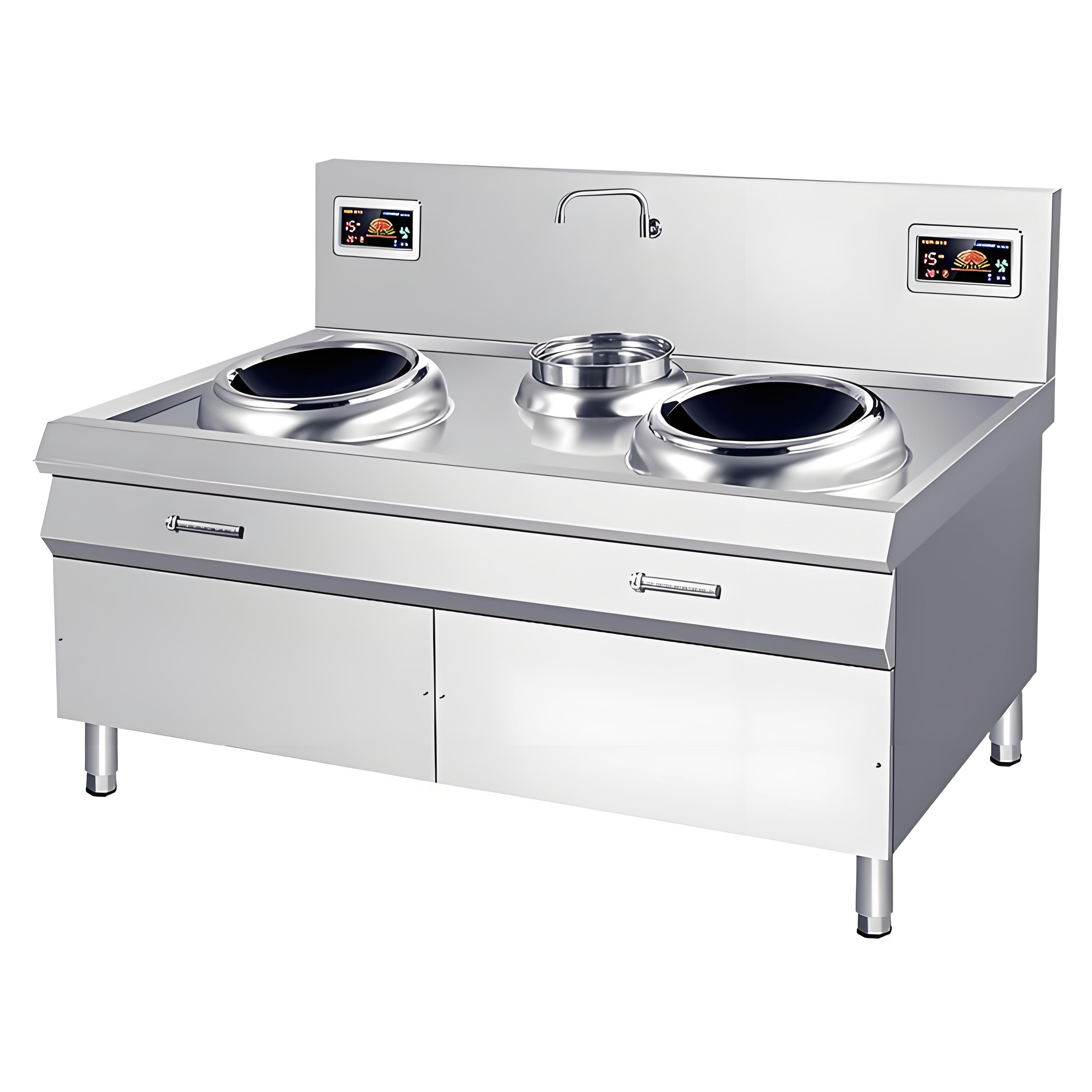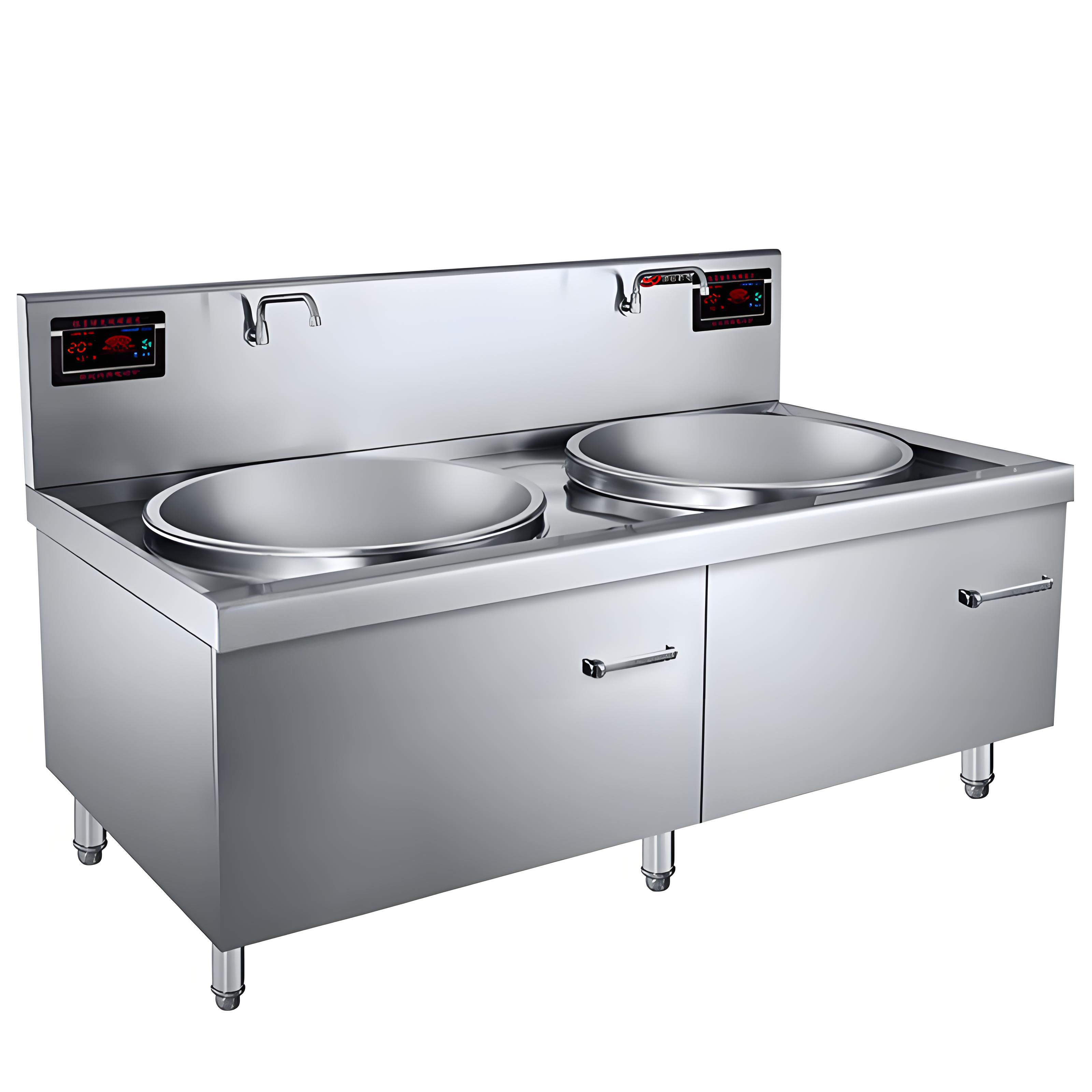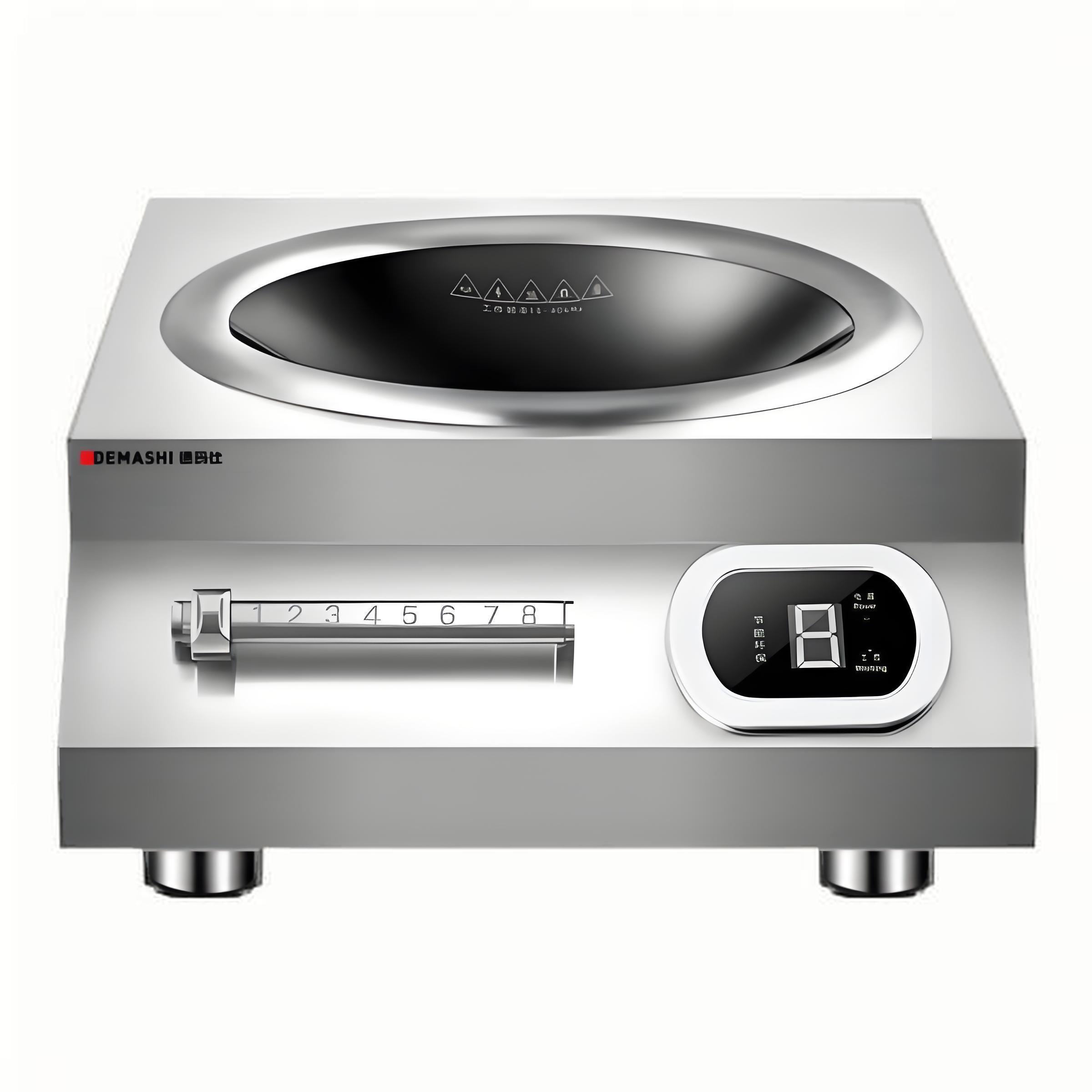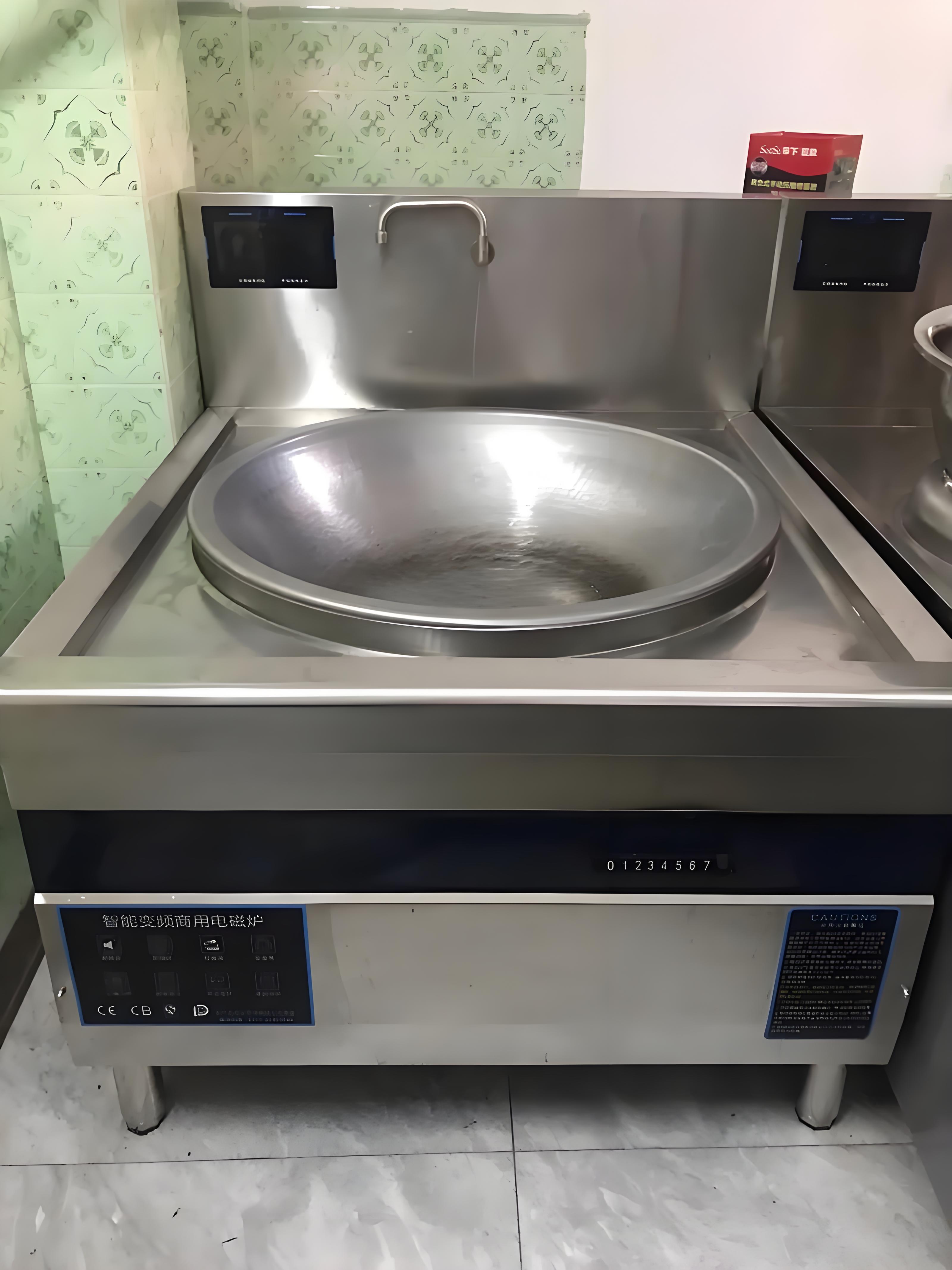As a kitchen equipment consultant who’s been helping restaurants and catering businesses for over a decade, I’ve seen commercial induction cookers become indispensable in professional kitchens. Their precision, speed, and energy efficiency make them a favorite for chefs churning out dishes under pressure. But a concern I often hear from clients is: Will frequent use of a commercial induction cooker damage its circuit board? The circuit board is the brain of the cooker, controlling everything from temperature settings to power output, so it’s no surprise that people worry about its durability. Drawing from my years of working with chefs, suppliers, and repair technicians, I’ll explore why circuit boards fail, what factors increase the risk, and how you can protect your investment to keep it running smoothly for years.

Why the Circuit Board Matters
The circuit board in a commercial induction cooker is a critical component, managing the electromagnetic field that heats the cookware, regulating power, and ensuring safety features like overheat protection. When it fails, the cooker may stop working, display error codes, or heat inconsistently, leading to costly repairs or replacements. I’ve seen kitchens grind to a halt because a circuit board burned out during a busy service, so understanding what causes these failures is key to preventing them.
To answer the question: Frequent use alone doesn’t necessarily damage the circuit board, but certain conditions—like improper use, poor maintenance, or environmental factors—can significantly increase the risk. Below, I’ll break down the main culprits behind circuit board failures and share practical tips to minimize the chances of damage.
Factors That Can Damage the Circuit Board
Circuit board failures in commercial induction cookers are often tied to overheating, electrical issues, moisture exposure, poor maintenance, and build quality. Let’s dive into each of these to understand their impact and how to mitigate them.
1. Overheating
Overheating is one of the leading causes of circuit board damage. Induction cookers generate significant heat, not only from cooking but also from their internal components, like the induction coil and cooling fans. In busy kitchens, where cookers run for 8-12 hours daily, poor ventilation can trap heat, stressing the circuit board. I once worked with a restaurant where a cooker’s circuit board failed because it was wedged between a fryer and a grill, with no airflow.
High-Power Usage: Running the cooker at maximum power for extended periods generates excessive heat.
Blocked Vents: Grease or dust clogging the ventilation ports can prevent proper cooling.
Poor Placement: Placing the cooker in a confined space or near other heat sources exacerbates overheating.
My Tip: Ensure 4-6 inches of clearance around the cooker’s vents, clean them weekly, and avoid running at maximum power for long stretches.
2. Electrical Issues
Power surges, voltage fluctuations, or overloading the electrical circuit can fry the circuit board. I’ve seen this happen in a food truck where the cooker was plugged into an unstable power source, causing a surge that damaged the electronics. Commercial kitchens often run multiple high-wattage appliances, which can strain the electrical system.
Power Surges: Sudden spikes in voltage can overload the circuit board.
Inadequate Wiring: Using an underpowered circuit or extension cords can cause inconsistent power delivery.
Frequent Power Cycling: Turning the cooker on and off repeatedly in a short period can stress the board.
My Tip: Use a surge protector or voltage stabilizer, and ensure the kitchen’s electrical circuit matches the cooker’s wattage requirements (typically 1800-3600W).
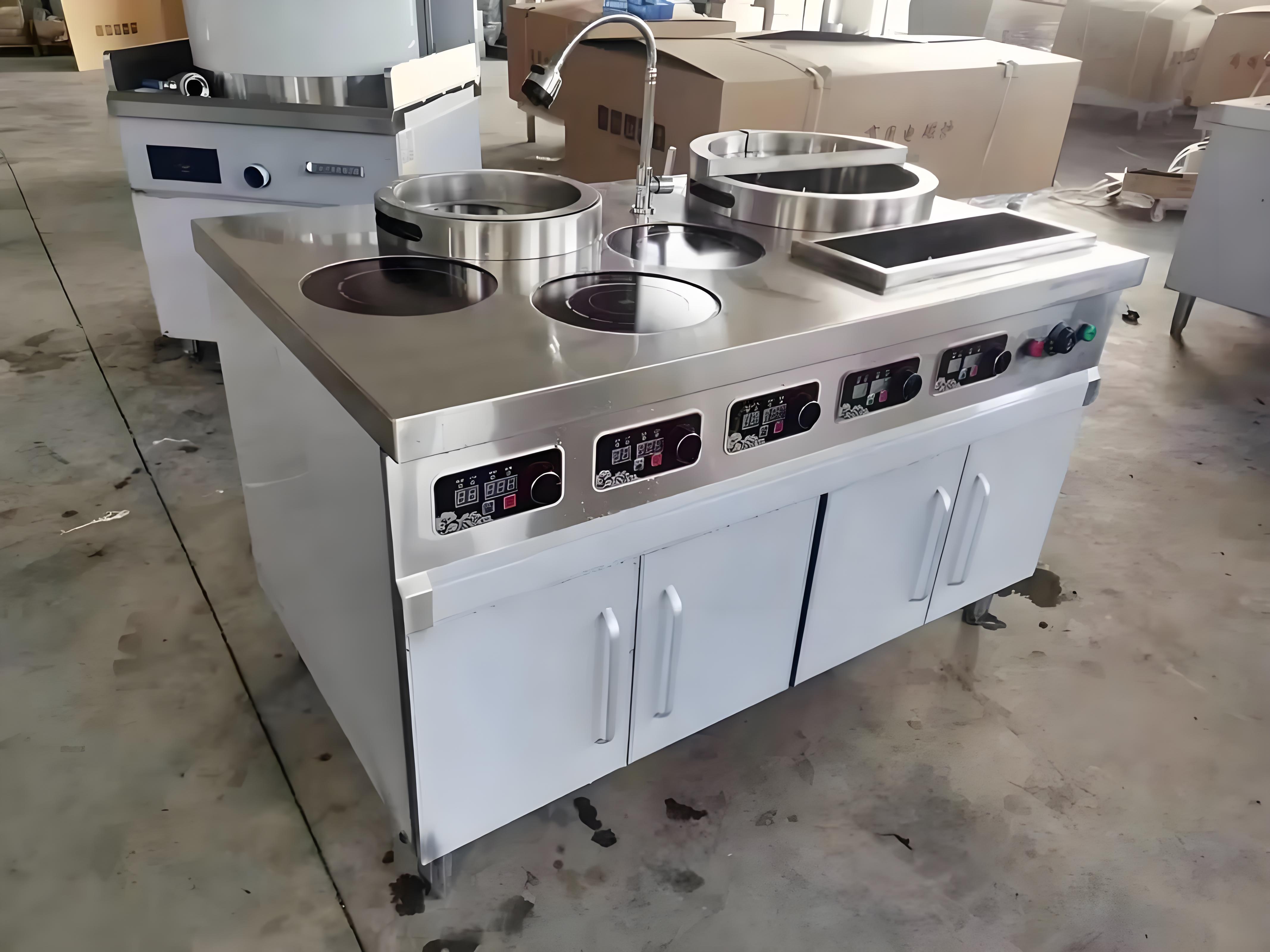
3. Moisture Exposure
Moisture is a circuit board’s worst enemy. Spills, steam, or improper cleaning can allow water to seep into the cooker’s housing, short-circuiting the electronics. I once saw a kitchen staff member clean an induction cooker by pouring water over it, thinking it was fine since the surface was cool. The result? A fried circuit board and a $500 repair bill.
Spills: Liquids seeping through seams or buttons can reach the circuit board.
High Humidity: Coastal or tropical kitchens with high humidity can cause corrosion over time.
Improper Cleaning: Using excessive water or soaking the cooker during cleaning is a recipe for disaster.
My Tip: Clean with a damp cloth and mild detergent, avoid water near control panels, and consider a dehumidifier in humid environments.
4. Poor Maintenance
Neglecting regular cleaning and inspections can lead to gradual damage. Grease, dust, and food particles can accumulate inside the cooker, clogging fans or insulating the circuit board, which traps heat. I’ve worked with kitchens where cookers failed early because staff skipped basic maintenance, letting debris build up over months.
Grease Buildup: Can clog vents and coat the circuit board, reducing cooling efficiency.
Lack of Inspections: Failing to check for loose connections or worn components can let small issues escalate.
Ignoring Warning Signs: Error codes or inconsistent heating are often early indicators of circuit board stress.
My Tip: Wipe the surface daily, clean vents weekly with a soft brush, and schedule monthly inspections to catch issues early.
5. Build Quality
The quality of the cooker’s components plays a huge role. High-end brands like Vollrath or Hatco use robust circuit boards with better heat dissipation and surge protection, while budget models may skimp on quality, leading to faster failures. I once compared a premium cooker to a cheap one in a catering setup—the budget model’s circuit board failed within two years, while the premium one is still running after six.
Premium Brands: Use higher-grade electronics and protective features like IPX4 water resistance.
Budget Models: Often have thinner circuit boards or weaker soldering, making them prone to failure.
My Tip: Invest in a reputable brand with a 1-3 year warranty and check user reviews for reliability.
| Factor | Impact on Circuit Board | Prevention Tips | Risk Level |
|---|---|---|---|
| Overheating | Traps heat, fries electronics | Ensure ventilation, clean vents | High |
| Electrical Issues | Surges or fluctuations damage board | Use surge protector, check wiring | High |
| Moisture Exposure | Shorts circuits, causes corrosion | Clean carefully, use dehumidifier | Moderate |
| Poor Maintenance | Grease/dust traps heat | Clean daily, inspect monthly | Moderate |
| Build Quality | Cheap boards fail faster | Choose premium brands | Variable |
Typical Lifespan and Circuit Board Durability
Under normal conditions, a commercial induction cooker lasts 5-10 years, with the circuit board typically enduring the same period if well-maintained. However, frequent heavy use, poor care, or harsh conditions can reduce this to 2-4 years. In my experience, high-quality cookers in well-ventilated, moderately used kitchens rarely have circuit board issues before 7-8 years, while budget models in high-stress environments may fail much sooner.
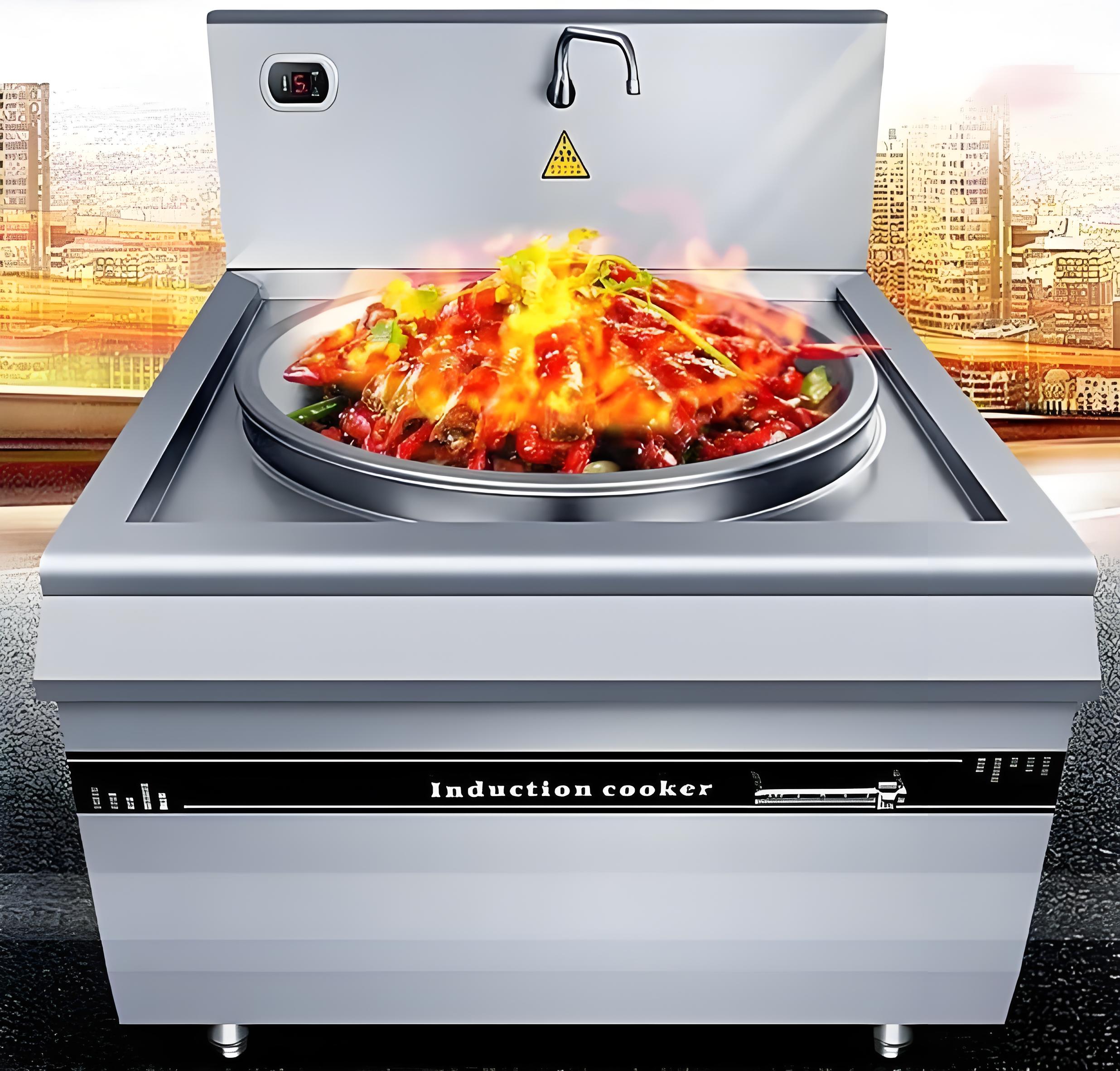
How to Prevent Circuit Board Damage
Based on years of troubleshooting and advising kitchens, here’s my comprehensive guide to protecting your induction cooker’s circuit board:
1. Choose a High-Quality Cooker
Invest in a model from a trusted brand like Vollrath, Hatco, True Induction, or Waring Commercial. Look for:
Robust Electronics: Circuit boards with heat sinks and surge protection.
IPX4 or Higher Rating: Indicates resistance to water splashes.
Warranty: At least 1-2 years to cover potential defects.
My Tip: Check reviews on platforms like WebstaurantStore for real-world durability feedback.
2. Ensure Proper Electrical Setup
Electrical issues are a top cause of circuit board failure. To avoid problems:
Match the cooker’s wattage (e.g., 1800-3600W) to the kitchen’s circuit capacity.
Use a dedicated outlet to avoid overloading.
Install a surge protector or voltage stabilizer to guard against power spikes.
My Tip: Consult an electrician to verify your kitchen’s wiring can handle the cooker’s load.
3. Maintain Proper Ventilation
Good airflow is critical to prevent overheating. I recommend:
Keeping 4-6 inches of clearance around the cooker’s vents.
Placing the cooker away from heat sources like ovens or fryers.
Cleaning vents weekly with a soft brush or compressed air to remove dust and grease.
My Tip: Use a small fan to improve airflow in cramped kitchens.
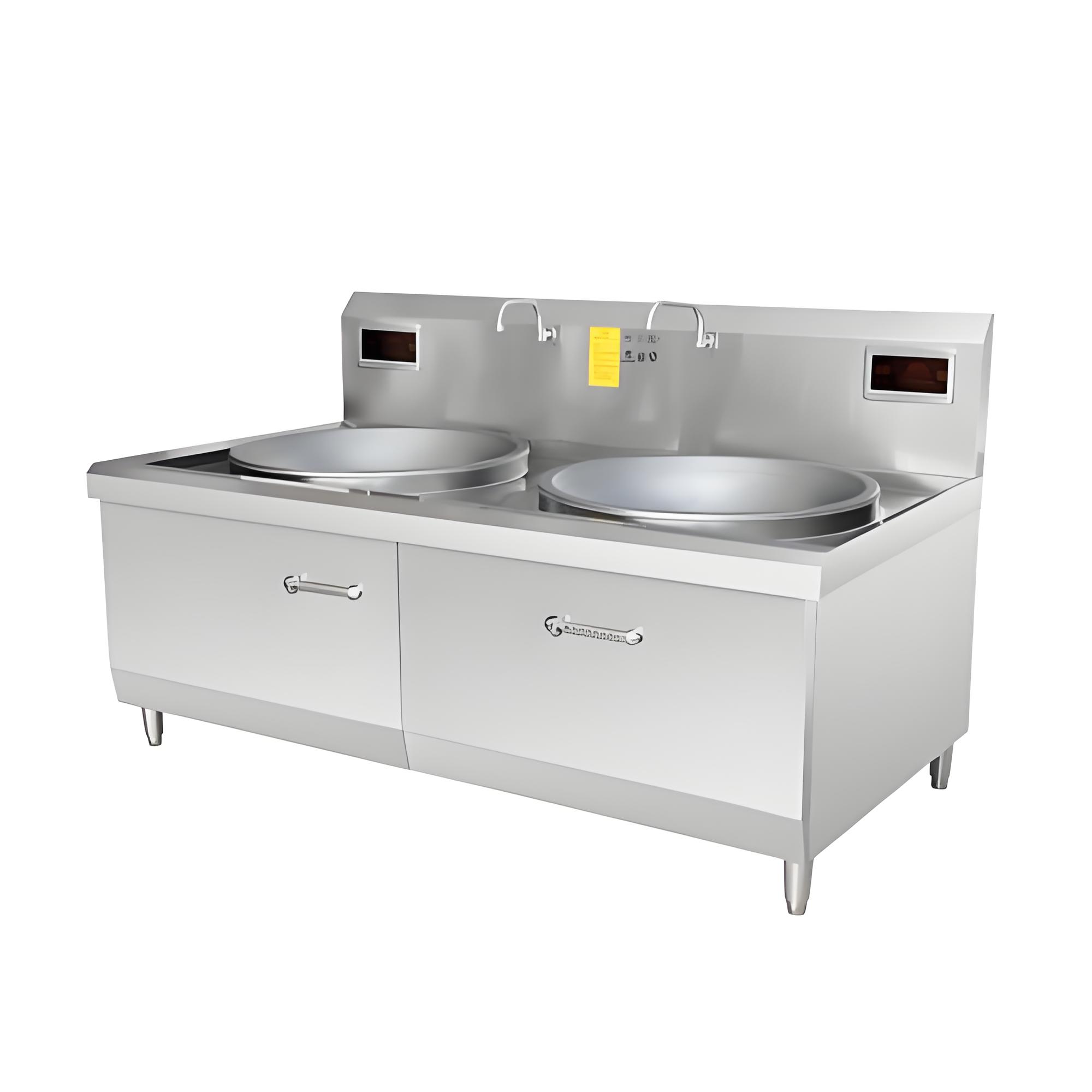
4. Clean Carefully
Proper cleaning prevents moisture and grease from reaching the circuit board:
Wipe the surface daily with a damp cloth and mild detergent after the cooker cools.
Avoid pouring water or using excessive liquid near control panels.
Clean vents and fan openings to ensure unobstructed airflow.
My Tip: Train staff on proper cleaning techniques to avoid accidental water damage.
5. Use Compatible Cookware
Using non-induction-compatible cookware (e.g., aluminum or glass) or oversized pans can strain the circuit board by forcing the cooker to work harder. I’ve seen chefs ignore this, leading to premature failures.
My Tip: Test cookware with a magnet—if it sticks, it’s compatible. Match pan size to the burner diameter.
6. Monitor and Address Issues Early
Catching problems early can save the circuit board. Watch for:
Error Codes: Indicate potential board issues.
Inconsistent Heating: May signal a failing component.
Unusual Noises: Could mean a fan or coil issue affecting the board.
My Tip: Keep the user manual handy for troubleshooting error codes, and contact a technician for persistent issues.
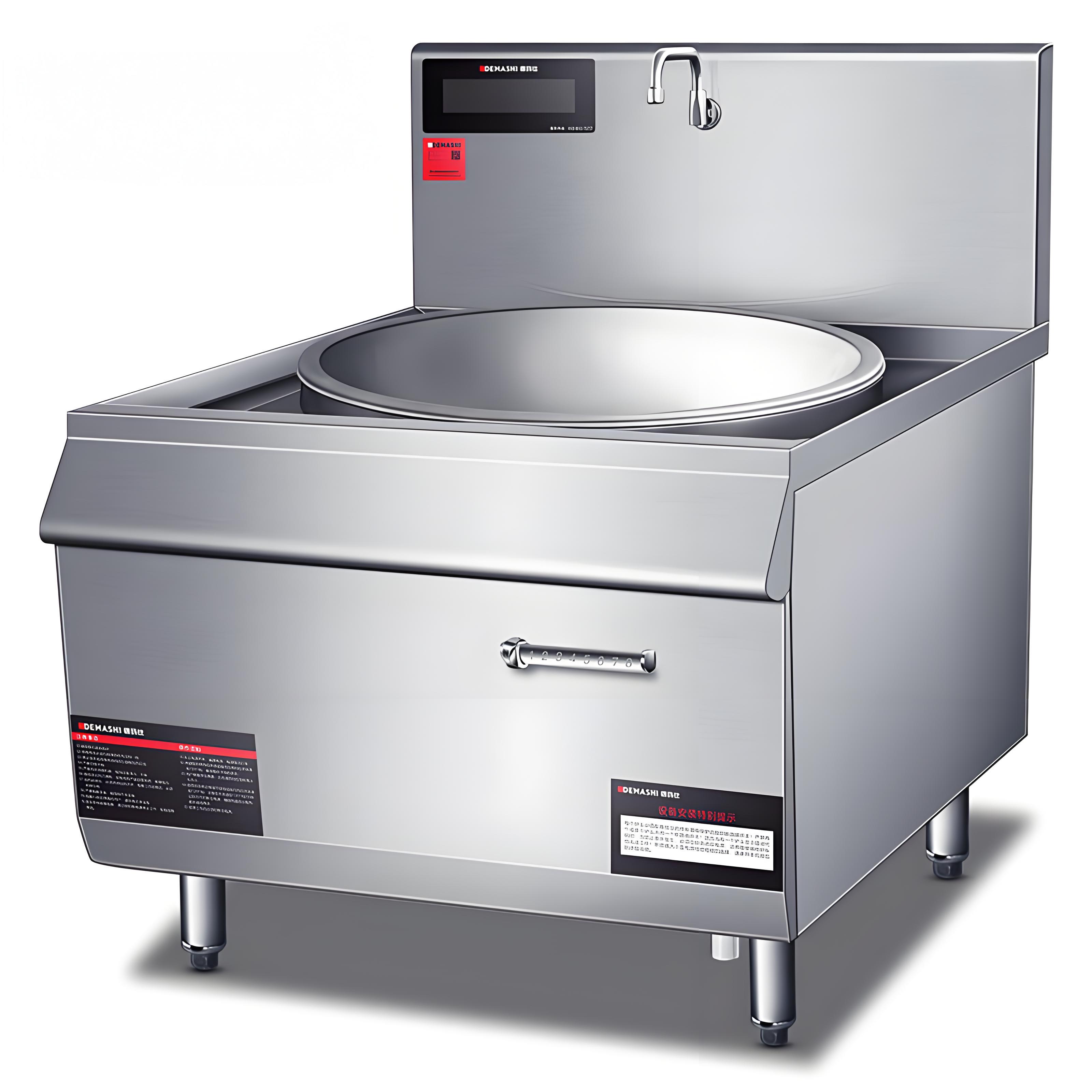
7. Schedule Professional Maintenance
For high-volume kitchens, I recommend annual servicing by a certified technician to check the circuit board, wiring, and cooling system. This caught a loose connection in one of my client’s cookers, preventing a costly failure.
Common Signs of Circuit Board Issues
If the circuit board is at risk, you’ll likely notice these symptoms:
Error Codes: Frequent or persistent codes on the display.
Inconsistent Heating: Burners not reaching desired temperatures.
Power Issues: Cooker shuts off unexpectedly or won’t turn on.
Burning Smell or Sparks: Immediate signs of electrical damage—unplug and seek repair.
If you see these, stop using the cooker and contact a technician. Continuing to use a faulty unit can worsen the damage.
My Experience: Learning from Kitchen Mishaps
Early in my career, I helped a small restaurant set up their kitchen with a budget induction cooker. Within 18 months, the circuit board failed because the cooker was placed in a poorly ventilated corner, and the staff used non-compatible cookware. The repair cost nearly half the price of a new unit. In contrast, a high-end restaurant I worked with invested in Vollrath cookers, ensured proper ventilation, and trained staff on maintenance. Those units are still running strong after seven years with no circuit board issues. These experiences taught me that while frequent use doesn’t inherently damage circuit boards, poor practices can lead to early failures.
By choosing a quality cooker, maintaining it diligently, and creating a suitable kitchen environment, you can significantly reduce the risk of circuit board damage. A commercial induction cooker is a big investment, but with the right care, it can be a reliable workhorse for years. If you’re dealing with a specific issue or choosing a new cooker, feel free to share details in the comments—I’m happy to offer tailored advice from my years in the industry!
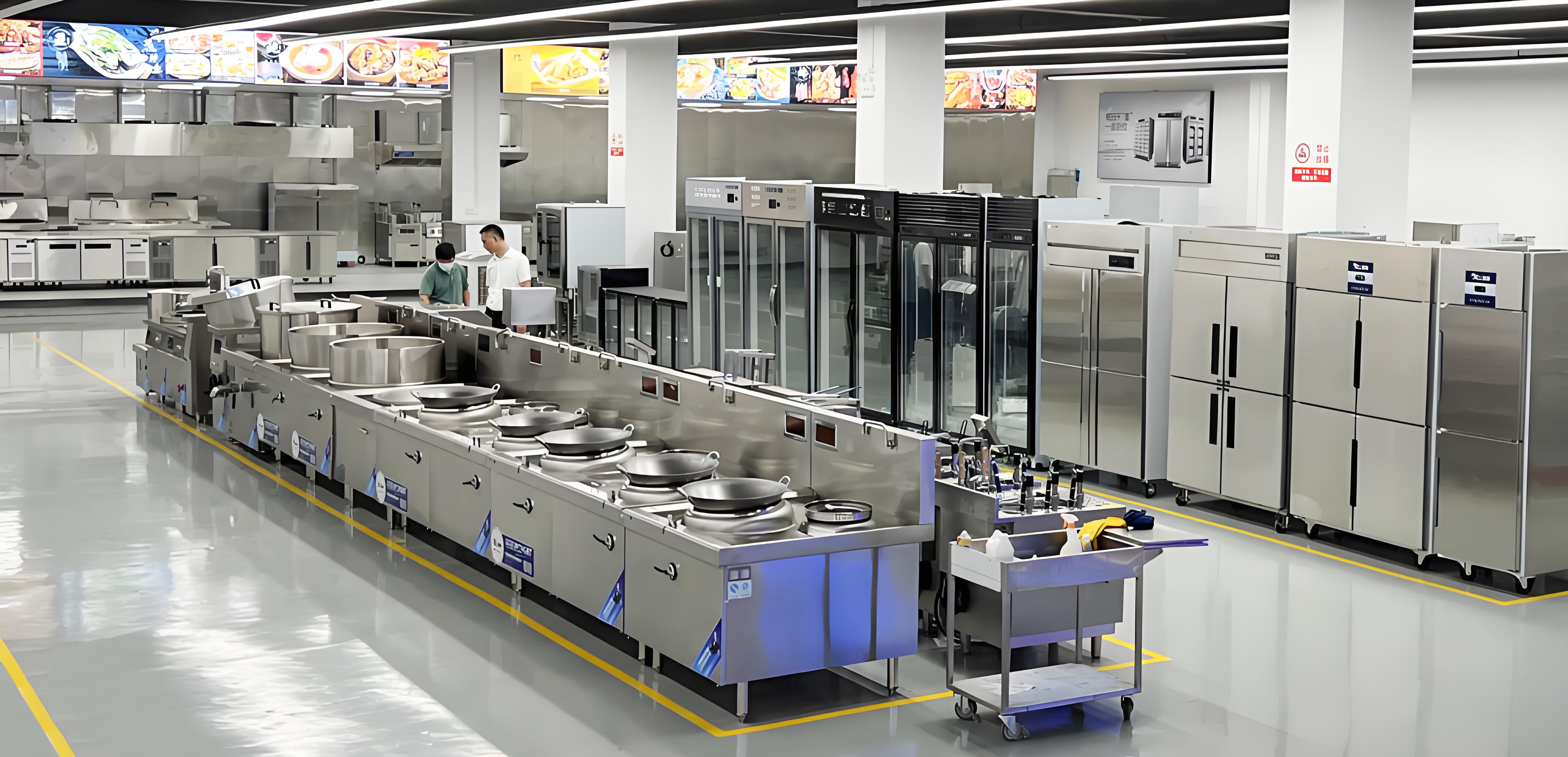
Frequently Asked Questions
Q1: How can I tell if my induction cooker’s circuit board is damaged?
A: Look for error codes, inconsistent heating, unexpected shutoffs, or a burning smell. If these occur, stop using the cooker and consult a technician.
Q2: Does heavy use always damage the circuit board?
A: No, heavy use doesn’t automatically damage the board if the cooker is well-maintained, properly ventilated, and used with compatible cookware. Quality models handle frequent use better.
Q3: Can I prevent circuit board damage without professional help?
A: Yes, by ensuring proper ventilation, using a surge protector, cleaning regularly, and addressing issues early. Annual professional servicing is ideal for high-volume kitchens.
Q4: Are budget induction cookers more prone to circuit board failures?
A: Yes, budget models often use lower-quality components, making them more susceptible to damage from overheating or surges. Invest in reputable brands for better durability.
